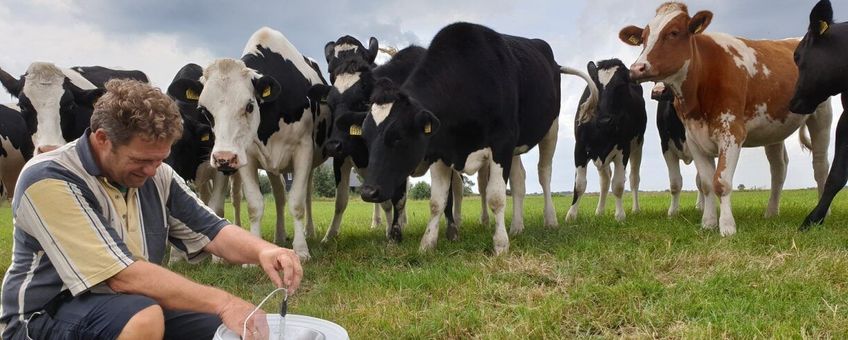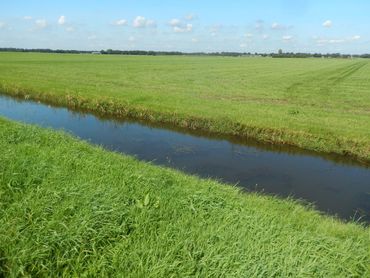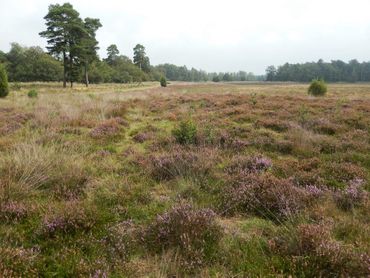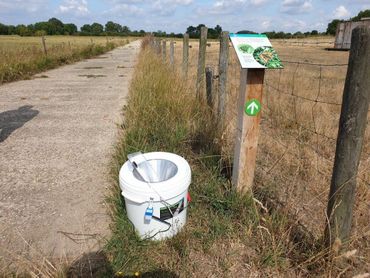
Using citizen science to promote biodiversity on farmland
Dutch Butterfly Conservation
For biodiversity data, the Netherlands have the highest density of citizen scientists in the world. The National Database of Flora and Fauna now grows by more than 12 million observations every year. But only a small proportion come from agricultural areas. So the question is: how do we get good observations from farmland? And how can we involve farmers in this effort? This would be of added value, because involvement also provides motivation to promote biodiversity. This constitues a challenge in the Netherlands, and on a European scale the challenge is even greater. That is why we investigated existing approaches involving citizen science to record biodiversity in agricultural areas. This was quite an undertaking, because many of the examples had to be found outside the scientific field.

The same three methods are also used in projects that are specifically aimed at farmland. Their major advantage is that observers can be involved in the need to learn more about how biodiversity develops on farmland. The effects of biodiversity-enhancing measures, such as flowery field margins or thicket hedges, can also be investigated. In the Netherlands, the monitoring networks for farmland birds and the moth monitoring of BIMAG are relevant examples. Farmers participate in the collection of the observations but not in the analysis and reporting.
 An important advantage of adopting standardized methods of observation is that they also provide insight into the abundance development of species. The advantage of a free, 'opportunistic' method is, of course, the much larger data flow of observations. But because these do not provide information about recording intensity, they only provide a good view of the distribution of species, not of how abundant they are.
An important advantage of adopting standardized methods of observation is that they also provide insight into the abundance development of species. The advantage of a free, 'opportunistic' method is, of course, the much larger data flow of observations. But because these do not provide information about recording intensity, they only provide a good view of the distribution of species, not of how abundant they are.
The last two approaches identified by the review concern projects that are started by farmers themselves or are co-created by farmers in design and implementation. This includes both projects with standardized observations or without a fixed method. In the latter case, the main goal is to increase involvement and motivation for farming with biodiversity. In the former, specific practical questions can also be addressed.
In conclusion, there are different approaches to involve citizens in farmland biodiversity. The choice of one method or the other depends on the trade-off between quantity and quality of the data and the extent to which they are specifically targeting farmland and involving the farmers themselves. In order to promote biodiversity through learning-by-doing, it is important that both the involvement of the observers and the quality of their observations are given sufficient attention.
The study was carried out as part of the EU project SHOWCASE, which highlights synergies between agriculture, biodiversity and ecosystem services to help farmers integrate biodiversity into agricultural practices. The project aims to provide new insights and innovative tools that facilitate the transition of the agricultural sector to more sustainable farming, thereby helping to address wider societal needs.
More information
- The article can be found here.
- Find out more about the SHOWCASE project.
Text: Michiel Wallis de Vries, De Vlinderstichting (Dutch Butterfly Conservation)
Photo’s: Jurriën van Deijk (lead photo: BIMAG project in action); Kars Veling
